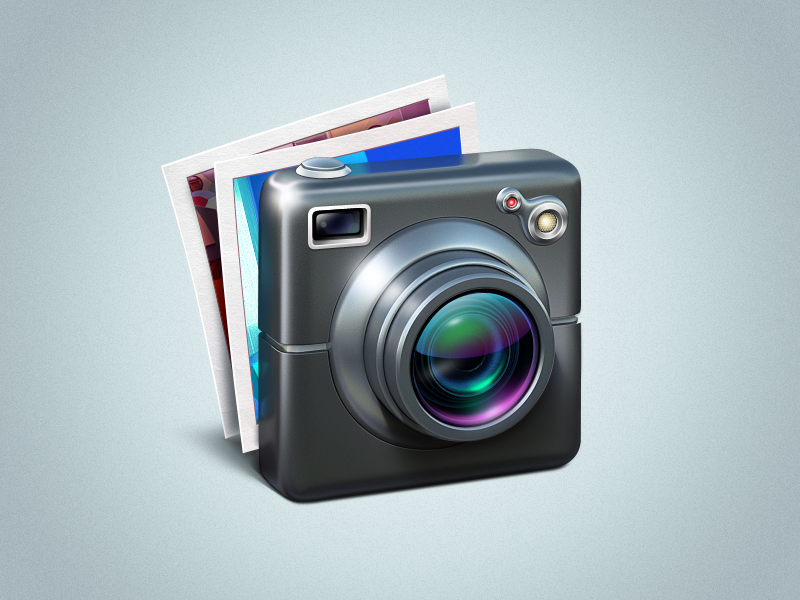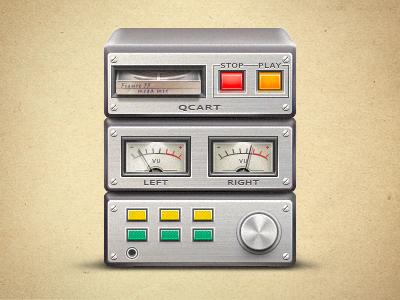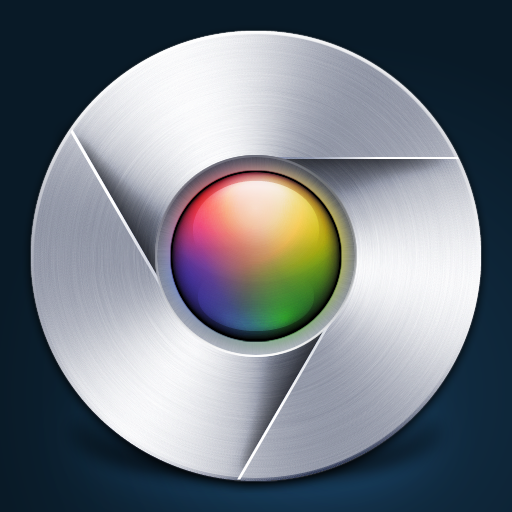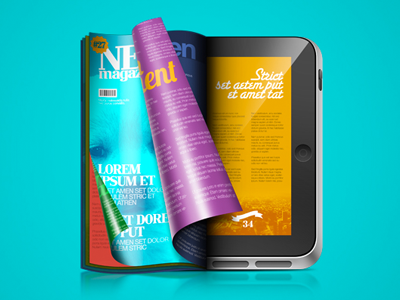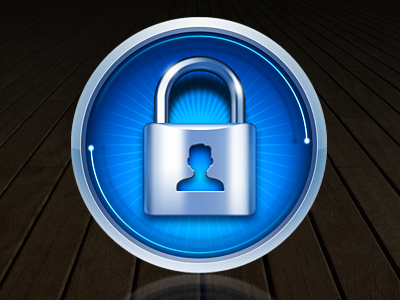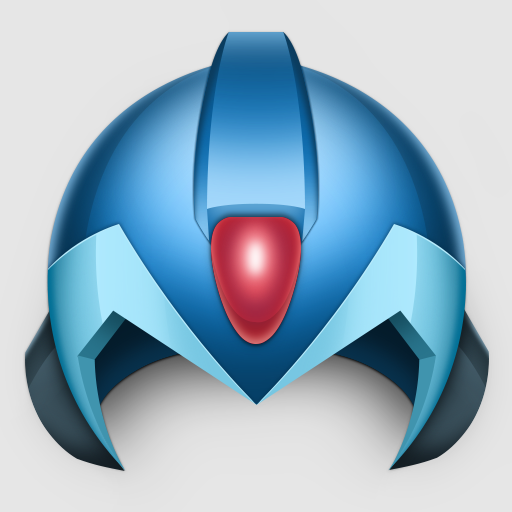Last Updated on March 7, 2024
Icon designs can be simple, with flat two-dimensional drawing or a black silhouette, or complex, presenting a combination of graphic design elements such as one or more linear and radial color gradients, projected shadows, contour shades, and three-dimensional perspective effects.
In order to maintain consistency in the look of a device, OS manufacturers offer detailed guidelines for the development and use of icons on their systems.
This is true for both standard system icons and third party application icons to be included in the system. The system icons currently in use have typically gone through widespread international acceptance and testing.
Regardless of the operating system application icons are all generally unique, so they stand out from one another. Folder icons help you identify what’s inside of them. File icons generally display a document with an application logo that lets you know what application created it or is the default to open it.
Icon design factors have also been the topic for extensive usability studies. The design itself involves a high level of skill in combining an attractive graphic design with the required usability features. Icons are meant to look like the item that they represent. The icon needs to be clear and easily recognizable, able to display on monitors of widely varying size and resolutions.
Designing Tips:
- The shape should be simple with clean lines, without too much detailing in the design.
- Clearly distinguishable from other icons.
- The icon needs to be colorful enough to easily pick out on the display screen
- The icon needs to be displayed in a standard color which cannot be modified, retaining its characteristic appearance for immediate recognition by the user.
- Through color it should also provide some visual indicator as to the icon state; activated, available or currently not accessible.
- The width and height of the icon are the same (1:1 aspect ratio) in almost all areas of traditional use.
One of the early professional icon designers was Susan Kare, who designed many of the icons contained within the original Mac OS. The process of icon design can be divided into two parts: defining the pictogram and creating final design or illustration. Click the infographic below to view a larger version.



